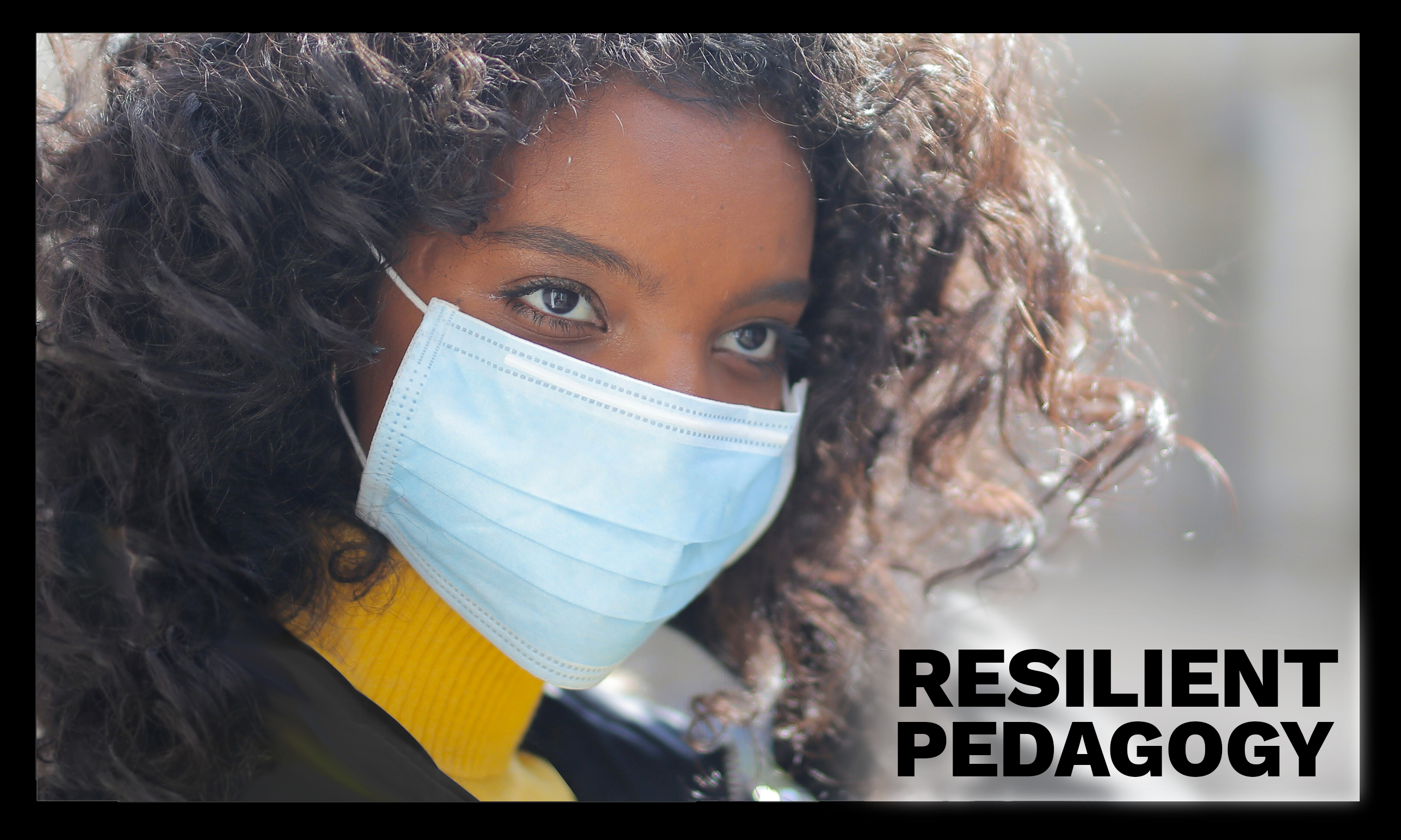
Resilient Pedagogy
Document Type
Chapter
Editor
Travis N. Thurston, Kacy Lundstrom, and Christopher González
Publisher
Utah State University
Publication Date
6-7-2021
First Page
37
Last Page
53
Creative Commons License

This work is licensed under a Creative Commons Attribution-Noncommercial-No Derivative Works 4.0 License.
Abstract
When the COVID-19 pandemic shuttered universities in March 2020, many students and faculty were thrown into shifting uncertainties regarding course delivery and pedagogy. As the pandemic persisted, faculty and students experienced new stressors caused by social isolation, unequal access to technology and resources, economic distress, and many other factors. In addition, the killings of George Floyd, Breonna Taylor, and others in the Black community sparked widespread social unrest that added to and compounded the emotional and material weight of the pandemic. Amid this tumult, higher-education faculty began asking questions about how to move forward with pedagogies resistant to unpredictable and unprecedented disruptions. Might it be possible to design learning that is resilient to disruption? Can learning be more responsive to shifting material circumstances? These questions and others form the core of what many call “resilient pedagogy,” which the Pew Faculty Teaching and Learning Center (2020) defines as “an approach to teaching that takes into account the resiliency of course design, faculty, and students during uncertain times and changing circumstances” (para. 1). Values such as flexibility, adaptability, and stability inform this and related definitions, suggesting that ideal pedagogies can remain functional and productive even during times of great disruption.
Recommended Citation
Buyserie, B., Bryson, R., & Quistberg, R. (2021). Productive disruptions: Resilient pedagogies that advocate for equity. In Thurston, T. N., Lundstrom, K., & González, C. (Eds.), Resilient pedagogy: Practical teaching strategies to overcome distance, disruption, and distraction (pp. 37-53). Utah State University. https://doi.org/10.26079/a516-fb24.
Included in
Higher Education Commons, Online and Distance Education Commons, Teacher Education and Professional Development Commons


Comments
View in html or various e-book formats.
Version 2 uploaded on 11/10/22.